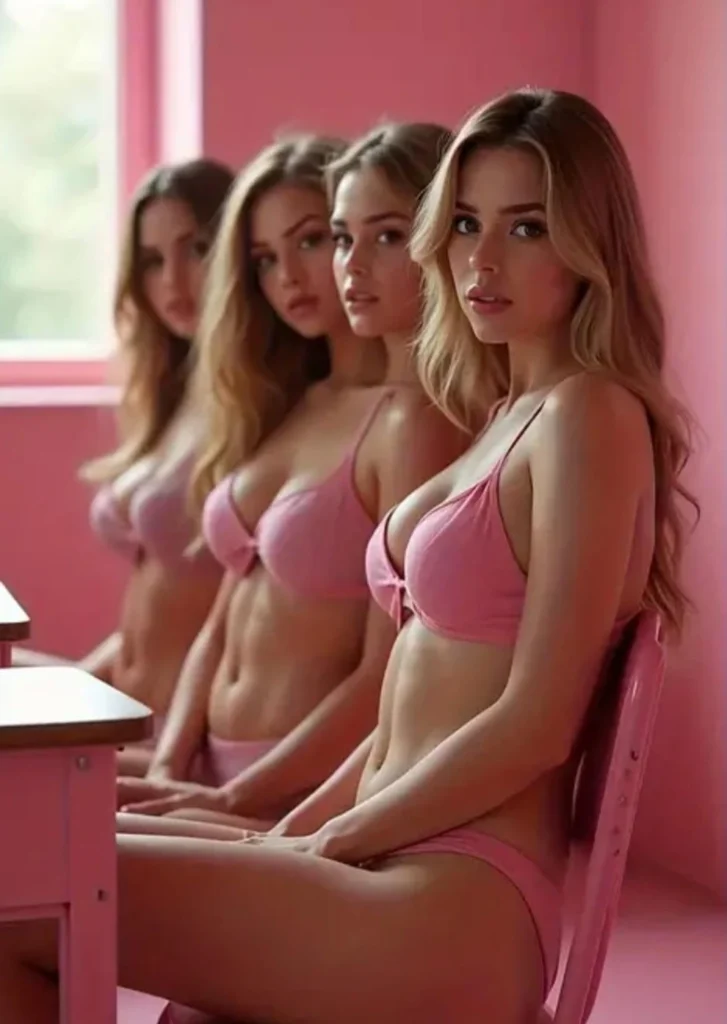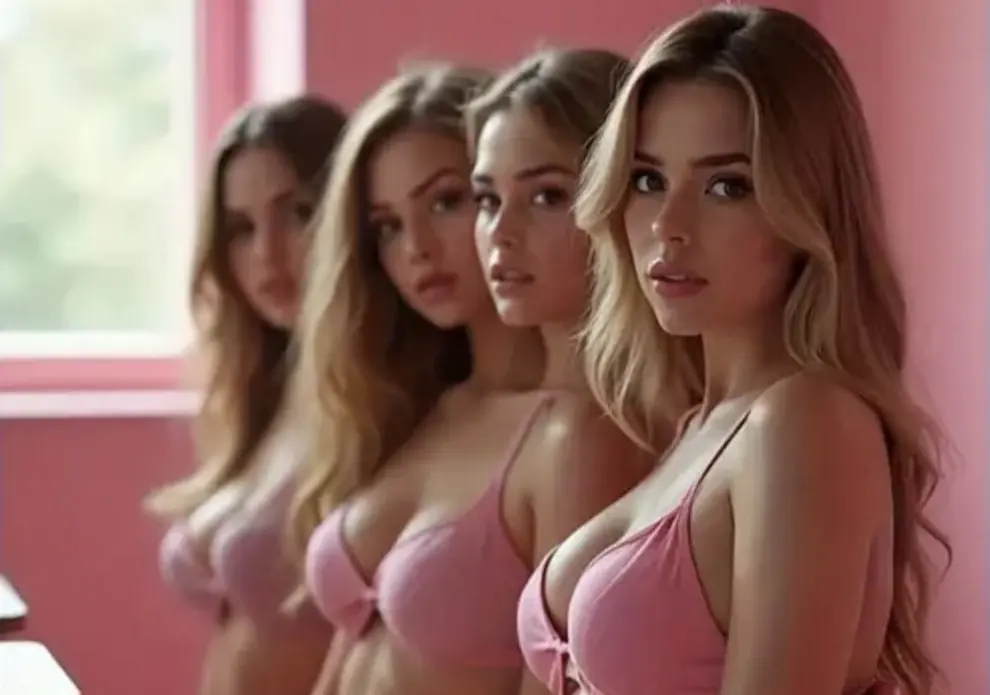Why does Ai find it so hard to render human anatomy. Simon Moss investigates
AI-generated images have quickly advanced from simple abstract creations to impressively realistic depictions of people, objects, and scenes. However, despite the leaps in technology, AI systems are far from perfect. One of the most glaring examples of AI’s limitations is in generating realistic human figures. A prime example of this is the odd, often unsettling mistakes in anatomical details—like producing a group of women with the wrong number of body parts. Imagine an image of four women, but instead of each having a natural physique, the AI has made an error: there are only six breasts among them.
These kinds of errors highlight a larger issue with AI image generation: while these systems can create stunningly realistic images in some areas, they still struggle with complex human anatomy. This article explores why such mistakes happen and what they reveal about the current state of AI image generation technology.
The Anatomy of an Error
AI image generation is based on pattern recognition, not true understanding. When an AI model creates a picture, it pulls from vast datasets of existing images and attempts to “stitch together” patterns in a way that mimics what it has seen. However, human anatomy is incredibly intricate, and generating accurate depictions of people, especially with correct proportions and arrangements of body parts, is far more complex than generating, say, a landscape or a car.
The mistake of generating only six breasts for four women is an example of this. The AI may have learned enough to understand that women typically have breasts, but it lacks a deeper understanding of where and how those body parts should be positioned. As a result, it produces a bizarre, inaccurate image that looks vaguely human but doesn’t hold up to close scrutiny.
Why Does AI Struggle with Human Figures?
The underlying reason for these kinds of errors is twofold: the complexity of human anatomy and the limitations of AI training data. AI models are trained on large datasets, but these datasets aren’t perfect. They may lack enough varied examples of people in different poses, lighting conditions, or angles. Moreover, human figures involve subtle details—like the correct number and placement of body parts—that AI, without true understanding, often gets wrong.
For example, AI often struggles with extremities like hands and feet, resulting in too many or too few fingers and toes, or unnatural poses. But as the image of the four women with six breasts shows, even basic human forms can become warped when the AI’s training data or pattern recognition fails to capture essential aspects of human anatomy.
The “Uncanny Valley” Effect
These errors can be unsettling, falling into what’s known as the “uncanny valley.” This term describes the eerie feeling we get when something looks almost human but not quite right. AI-generated people with incorrect body parts or strange proportions fall directly into this category, making us uncomfortable because they remind us of humans but are distorted in ways that are hard to ignore.

The image of the four women is an example of how AI’s missteps in understanding anatomy can veer from fascinating to unsettling, illustrating the limitations of the technology when it comes to depicting the human form.
The Road to Improvement
While errors like these may seem humorous or eerie, they also point to the ongoing development and refinement of AI image generation. As AI models continue to evolve, researchers are working to improve the datasets they’re trained on, making them more varied and detailed. This includes incorporating better examples of human anatomy to avoid bizarre mistakes like missing or extra body parts.
In the future, we can expect fewer of these errors, but for now, they serve as a reminder that AI is still very much a work in progress when it comes to generating realistic human figures. The world of AI-generated images may be full of wonder and potential, but it’s also rife with strange, and sometimes amusing, mistakes.










